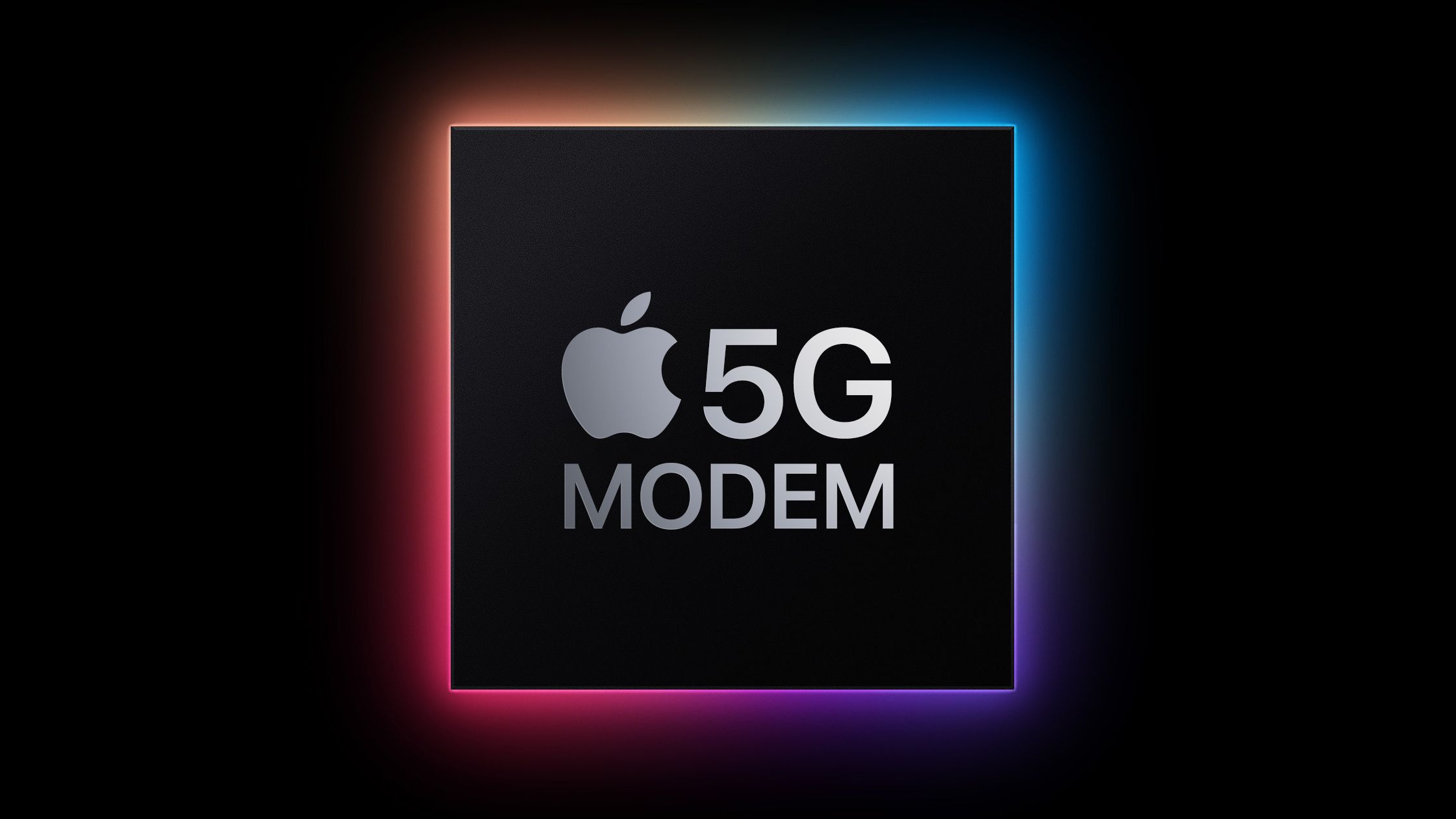Inside Apple's Modem Revolution: The C1 Chip's Bold First Step

Apple is set to revolutionize its smartwatch technology by developing its own cellular modems, signaling a strategic move away from its long-standing partnership with Qualcomm. According to recent reports from The Information, the tech giant is preparing to transition to in-house modem technology, potentially marking a significant milestone in the company's vertical integration efforts.
This bold initiative reflects Apple's ongoing commitment to designing its own critical components, following a similar path to its successful development of custom processors for iPhones and Mac computers. By bringing modem technology in-house, Apple aims to gain greater control over its hardware ecosystem, potentially improving performance, efficiency, and integration across its product line.
The planned shift represents more than just a technical upgrade; it's a strategic maneuver that could reduce Apple's reliance on external suppliers and potentially lower manufacturing costs. While details remain limited, the move suggests Apple's continued ambition to innovate and differentiate its products in the competitive wearable technology market.
Industry observers will be watching closely to see how this transition unfolds and what technological advantages Apple might unlock with its custom modem design for the Apple Watch.

